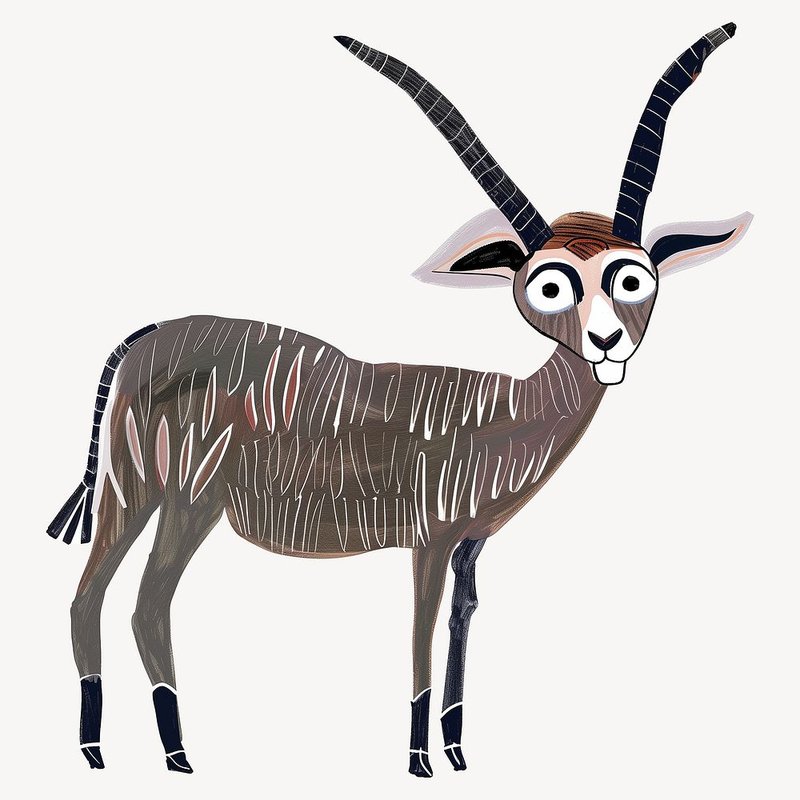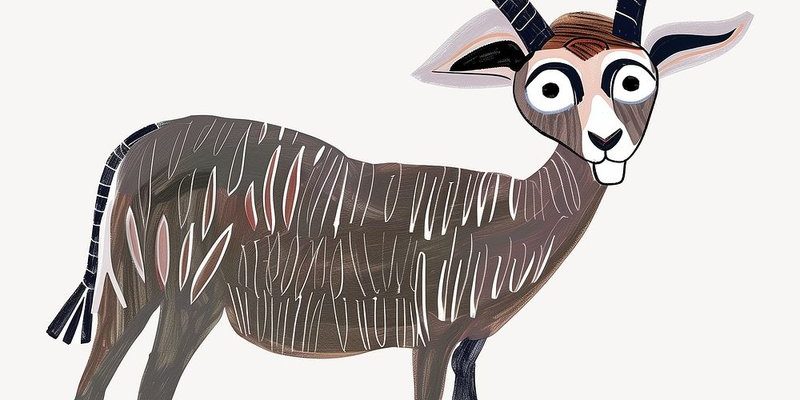
The nyala, scientifically known as *Tragelaphus angasii*, belongs to the Bovidae family, where it mingles with others like the bushbuck and kudu. These animals have adapted to thrive in specific habitats, and the history of the nyala highlights how environmental changes and predation pressures have sculpted its development. From its origins to its current status, let’s take a leisurely stroll through the evolutionary path of the nyala, exploring what makes it so special and well-suited for its niche in the wild.
Origins of the Nyala
The nyala’s evolutionary journey began around 12 million years ago during the Miocene epoch. This period was marked by significant climatic changes that led to the formation of diverse ecosystems across Africa. The ancestors of the nyala adapted to these shifting landscapes, gradually developing traits that helped them survive in the dense bush and woodlands of southern Africa.
You might be wondering why the nyala is more closely related to certain antelopes than others. The key lies in its ancestry. The nyala is a part of the Tragelaphini tribe, which includes other distinct species such as bushbucks and kudus. They all share a common ancestor, which adapted differently based on their environments. For instance, while the nyala evolved to thrive in thick brush, the kudu adapted to more open areas.
Physical Adaptations
One of the most striking aspects of the nyala is its physical adaptations. With males reaching up to 120 cm at the shoulder and weighing between 90 to 125 kg, they sport long, spiral horns that can grow up to 90 cm. Females, on the other hand, are smaller, lighter, and lack horns, featuring a more muted coloration. This sexual dimorphism is not just about looks—it’s about survival.
The nyala’s coat is another fascinating adaptation. Males are characterized by a dark brown coat with white stripes and spots that help them blend into the shadows of the bush. This is essential for avoiding predators like lions and hyenas. Females, with their lighter brown coats and more prominent markings, are equally well camouflaged, especially when caring for their young in the underbrush.
Habitat and Range
Nyala are primarily found in the woodlands and thickets of southern Africa, particularly in countries like South Africa, Mozambique, and Zimbabwe. Their choice of habitat is not random; it’s a crucial part of their survival strategy.
These areas provide ample cover from predators as well as a rich supply of food, mostly consisting of leaves, fruits, and herbs. You might think of the nyala as the ultimate neighborhood resident, perfectly adapted to its local environment. Their preference for dense habitats allows them to evade larger predators while still having access to nutritious meals that support their growth.
Behavior and Social Structure
When it comes to social behavior, the nyala is quite fascinating. Males tend to be solitary or form small bachelor groups, while females live in matriarchal herds that can include their young. This social structure offers several advantages. The females work together to protect their young from predators, while the males can focus on establishing their territory.
Interestingly, the dominant males will often display behaviors such as puffing out their necks and making loud calls to assert their presence. It’s almost like a dance of dominance, aimed at attracting females while warding off rivals. Watching this behavior is like witnessing nature’s drama unfold in real-time, with high stakes for the participants.
Conservation Status
The conservation status of the nyala is another important aspect of its evolutionary history. Currently, they are classified as “Near Threatened” due to habitat loss and hunting. As human activities continue to encroach on their natural habitats, the nyala faces challenges in maintaining its population numbers.
Efforts are being made to protect their ecosystems, including establishing reserves and promoting sustainable land use practices. You might think of this situation as a reminder of the delicate balance between human development and wildlife conservation. It’s a tough scenario, but conservationists are working hard to ensure that future generations can admire the beauty of the nyala in the wild.
The Future of the Nyala
Looking ahead, the future of the nyala largely hinges on conservation efforts and habitat protection. As we learn more about their biology and behaviors, we can develop better strategies to ensure their survival. Imagine a world where thriving populations of nyala roam freely—it’s achievable, but it requires commitment from everyone involved.
Education plays a vital role here. By raising awareness about the importance of species like the nyala, we can foster a deeper appreciation for biodiversity. And as more people understand the challenges these animals face, we can rally support for initiatives that protect their habitats.
The evolutionary history of the nyala is a rich tapestry woven with survival, adaptation, and environmental changes. From its origins in ancient Africa to its unique physical traits and social behaviors, the nyala represents a successful story of evolution in a rapidly changing world.
With careful attention and ongoing conservation efforts, we can help ensure that this stunning antelope continues to grace the African landscapes for generations to come. It’s a journey worth taking, both for the nyala and for us. Let’s cherish and protect the natural world around us.

